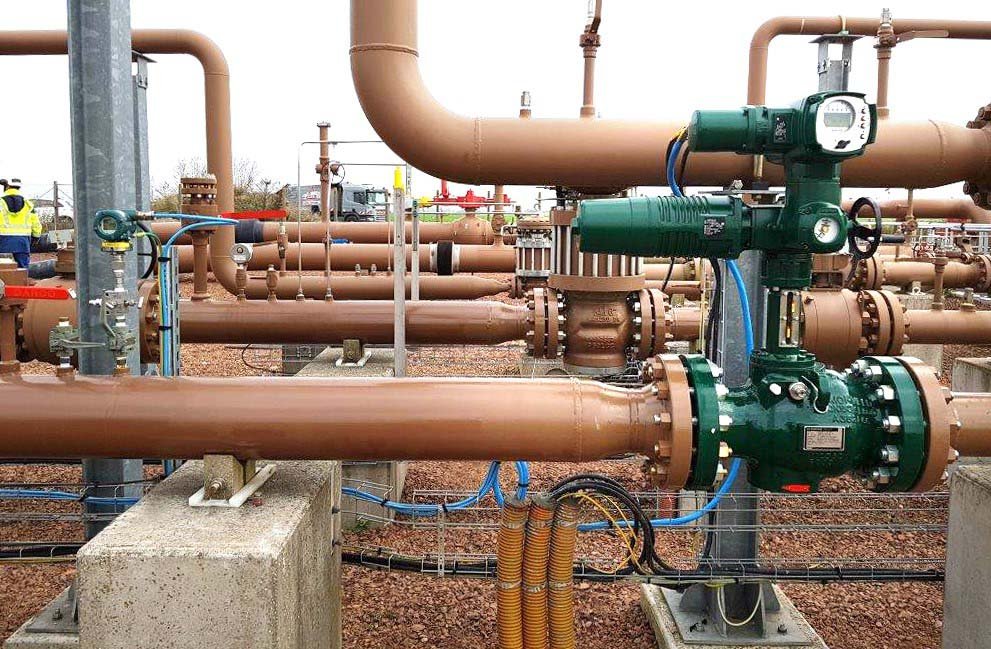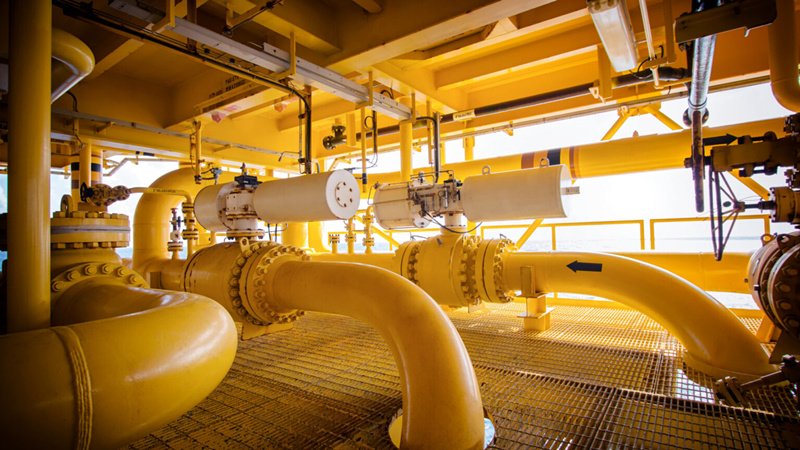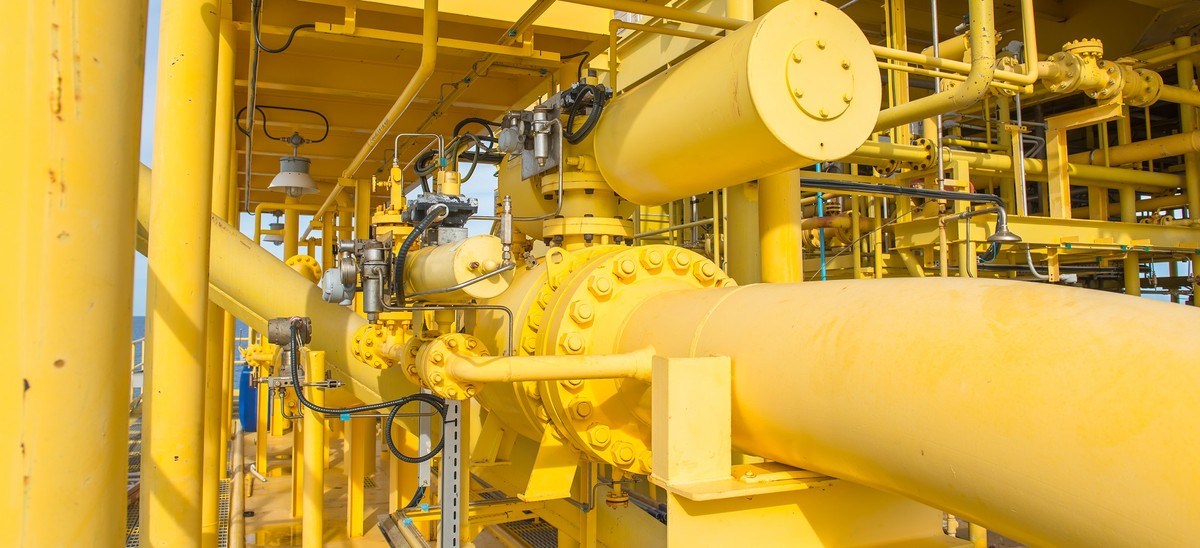Are you considering investing in actuated valves for your industrial processes? If so, you may have questions about what to look for and what to expect. Here’s what you need to know before making your decision.
Actuated valves are a popular choice in industrial settings because of the benefits they offer. They can improve efficiency, reduce labor costs, and enhance safety. However, not all actuated valves are created equal. Before investing in them, there are several factors you should consider.
Quality is Key When it Comes to Actuated Valves.
Look for a supplier that has a strong reputation for producing high-quality valves that meet industry standards. Make sure the supplier has a rigorous quality control process in place to ensure that their valves are reliable and durable.
Consider the Specific Needs of Your Industrial Processes.
Different types of actuated valves have different capabilities and limitations. For example, some valves may be better suited for high-temperature or high-pressure applications, while others may be better suited for corrosive materials. Choose the valve that is best suited for your specific needs.
Think About Logistics and Support.
Make sure your supplier has a reliable logistics system in place to ensure that your valves are delivered on time and without damage. You should also make sure the supplier provides strong technical support and after-sales service, and is responsive to your needs.
Consider The Cost.
Actuated valves can be a significant investment, so it’s important to consider the cost and make sure it fits within your budget. However, it’s also important to keep in mind that quality should not be sacrificed for a lower price.
What is The Difference Between an Actuated Valve and an Automated Valve?
Actuated valves and automated valves are often used interchangeably, but they are actually two different types of valves. Automated valves are a type of actuated valve, but not all actuated valves are automated valves.
Actuated valves are valves that are operated by an external power source, such as an electric motor or pneumatic actuator. They can be used to control the flow of liquids, gases, and other materials in industrial processes.
Automated valves, on the other hand, are valves that are operated by a control system, such as a programmable logic controller (PLC). They can be used to control the flow of materials based on specific parameters, such as pressure or temperature, and can also be programmed to respond to specific conditions or events, such as changes in pressure or temperature.
While both actuated and automated valves can improve efficiency and productivity in industrial processes, they are used in slightly different ways. Actuated valves are typically used for simple on-off or throttling control, while automated valves are used for more complex control applications.

Applications for Actuated and Automated Valves
There are several examples of complex control applications that use automated valves. Here are a few:
- Batch processing: In industries such as food and beverage or pharmaceuticals, batch processing is often used to produce a specific quantity of a product. Automated valves can be used to control the flow of materials through the process based on specific recipes or formulas.
- Flow control: In some industrial processes, the flow of materials needs to be controlled very precisely. Automated valves can be used to adjust the flow rate based on specific parameters, such as pressure or temperature.
- Safety systems: In industries such as oil and gas, safety systems are critical to prevent accidents and protect workers. Automated valves can be used as part of safety systems to quickly shut off the flow of materials in the event of an emergency.
- Water treatment: In water treatment plants, automated valves can be used to control the flow of water and chemicals through the treatment process. This ensures that the water is treated to the appropriate standards before it is released back into the environment.
Actuated valves are commonly used in a wide range of industrial applications where precise control of fluids or gases is necessary. Here are some examples of applications that use actuated valves:
- Oil and Gas: Actuated valves are widely used in the oil and gas industry to control the flow of crude oil, natural gas, and other fluids through pipelines, refineries, and processing plants. They can be used for on-off control, throttling control, and emergency shut-off.
- Water Treatment: Actuated valves are used in water treatment plants to control the flow of water and chemicals through the treatment process. They can be used for flow control, pH control, and chemical dosing.
- Chemical Processing: Actuated valves are used in the chemical processing industry to control the flow of chemicals through various stages of production. They can be used for on-off control, mixing control, and pressure control.
- Food and Beverage: Actuated valves are used in the food and beverage industry to control the flow of ingredients, such as liquids, gases, and powders through various stages of production. They can be used for dosing, mixing, and blending.
- Pharmaceutical: Actuated valves are used in the pharmaceutical industry to control the flow of liquids, gases, and powders through various stages of production. They can be used for precise dosing, mixing, and blending.
Types of Valve Actuators, Each with Its Own Unique Capabilities and Applications:
- Electric Actuators: These actuators use an electric motor to move the valve stem and control the valve position. They are typically used in applications where precise control is required, such as in the chemical and petrochemical industries. Electric actuators are easy to operate and can be controlled remotely using a control system.
- Pneumatic Actuators: These actuators use compressed air to move the valve stem and control the valve position. They are commonly used in applications where quick response and high reliability are required, such as in the food and beverage industry. Pneumatic actuators are easy to install and require minimal maintenance.
- Hydraulic Actuators: These actuators use hydraulic fluid to move the valve stem and control the valve position. They are typically used in high-pressure applications where precise control is required, such as in the oil and gas industry. Hydraulic actuators are highly reliable and can operate in extreme temperatures.
- Solenoid Actuators: These actuators use an electric current to move a solenoid, which in turn moves the valve stem and controls the valve position. They are commonly used in applications where quick response and low power consumption are required, such as in the water treatment industry. Solenoid actuators are easy to install and require minimal maintenance
How to Choose The Most Suitable Type of Actuated Valves for Your Application?
Actuated valves differ in several ways, including the type of actuator used, the size and design of the valve, and the materials used in construction. Choosing the right type of valve for your application can be challenging, as it depends on several factors such as the type of fluid or gas being transported, the operating temperature and pressure, the flow rate, and the required degree of control. Here are some steps you can take to determine which type of valve is best for your application:
- Identify the fluid or gas being transported: Different types of fluids and gases have different properties that can affect the choice of the valve. For example, highly corrosive fluids may require valves made from special materials, while viscous fluids may require valves with larger openings.
- Determine the operating temperature and pressure: Valves must be able to withstand the temperature and pressure of the fluid or gas being transported. High temperatures and pressures may require valves made from tougher materials or with thicker walls.
- Consider the flow rate: The flow rate of the fluid or gas will affect the type and size of the valve required. For example, high flow rates may require larger valves or valves with wider openings.
- Determine the degree of control required: The degree of control required will determine the type of valve actuator needed. For example, if precise control is required, an electric actuator may be the best choice, while if a quick response is needed, a pneumatic actuator may be more appropriate.
- Consider the application environment: The environment in which the valve will be used will also affect the choice of the valve. For example, if the valve is being used in a corrosive environment, it may need to be made from a material that is resistant to corrosion.
- Consider the type of application: The type of application, such as chemical processing, water treatment, or food and beverage production, can also affect the choice of the valve. For example, in the food and beverage industry, valves must be made from materials that are safe for human consumption.
- Determine the required valve performance: The required valve performance depends on the specific application requirements. For example, if the valve is being used for flow control, the valve must be able to adjust the flow rate accurately and consistently.
- Evaluate the cost: The cost of the valve can also be a factor in determining which type of valve to choose. While cost is an important consideration, it should not be the only deciding factor. A lower-cost valve may not perform as well or last as long as a higher-cost valve.
- Consult with a valve expert: If you are unsure which type of valve is best for your application, it is always a good idea to consult with a valve expert. A valve expert can help you determine the best valve solution based on your specific requirements and can provide advice on how to optimize valve performance.

Conclusion
When considering investing in actuated valves, it’s important to prioritize quality, consider your specific needs, think about logistics and support, and keep cost in mind. With the right approach, actuated valves can be a valuable asset for your industrial processes, improving efficiency and productivity while ensuring high-quality output.
At DSNY Valve, we offer a wide range of actuated valves that are designed to meet the specific needs of our clients. We can provide expert advice on which type of actuated valve is best suited for a particular application, and we can customize our products to meet the unique requirements of each project. You can contact us for free solutions.



